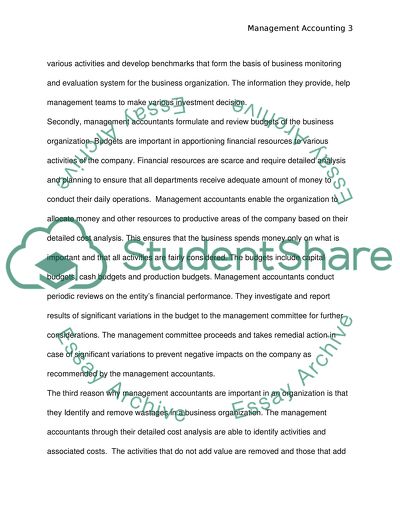Cite this document
(“Stratgic Management Accounting (case study) Essay”, n.d.)
Stratgic Management Accounting (case study) Essay. Retrieved from https://studentshare.org/miscellaneous/1565111-stratgic-management-accounting-case-study
Stratgic Management Accounting (case study) Essay. Retrieved from https://studentshare.org/miscellaneous/1565111-stratgic-management-accounting-case-study
(Stratgic Management Accounting (case Study) Essay)
Stratgic Management Accounting (case Study) Essay. https://studentshare.org/miscellaneous/1565111-stratgic-management-accounting-case-study.
Stratgic Management Accounting (case Study) Essay. https://studentshare.org/miscellaneous/1565111-stratgic-management-accounting-case-study.
“Stratgic Management Accounting (case Study) Essay”, n.d. https://studentshare.org/miscellaneous/1565111-stratgic-management-accounting-case-study.


